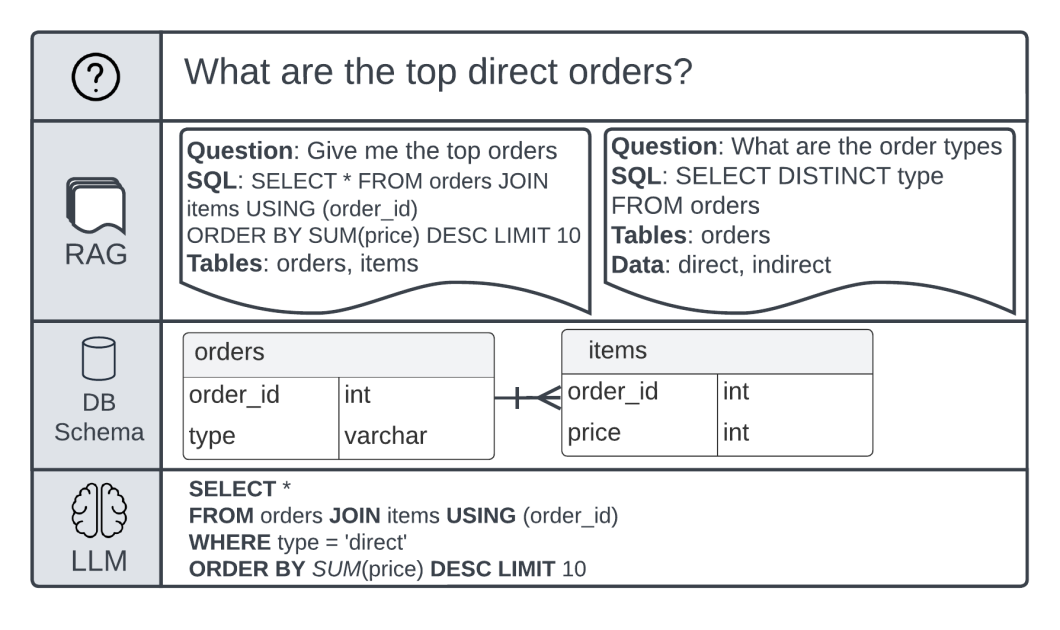Your resume is the most important document when applying for jobs as an aspiring data science expert. It’s crucial to take the time to craft a resume that strategically presents your skills, experience, achievements, and value in the best possible light. The goal is to make a strong first impression and stand out from the competition, ultimately securing more interviews. This requires thoughtful curation of content, purposeful organization and formatting, compelling descriptions, and a data-driven perspective. A strategic resume tailored to each job shows you understand what employers are seeking in data science candidates. With a resume that markets you effectively, you’ll be positioned for success right from your initial application.
1. Incorporating Interests and Hobbies
Mentioning relevant interests and hobbies for resume shows you’re a well-rounded person, not just a data science machine. It also gives the hiring manager simple conversation starters for the interview. Just be sure to only include interests and hobbies that provide additional insight into your abilities or personality. A few examples could be volunteering with local schools to get kids interested in STEM subjects or competitive chess to demonstrate analytical thinking.
2. Capitalize The First Letter of Each Word in Subheadings
Proper capitalization of subheadings improves the visual structure of your resume. Capitalizing the first letter of each word, except for smaller connecting words like ‘and’ and ‘for,’ makes the subheadings stand out and easier to read quickly. This strategy visually guides the hiring manager to the most critical info.
3. Use Simple, Clear Language
Data science is complex. Your resume language doesn’t have to be. The best data science resumes are highly readable, using simple words and clean sentence structures. This ensures the hiring manager can instantly understand your background, skills, and achievements without having to reread complicated phrases. Stay away from unnecessarily complex words when a simpler one will communicate the point just fine.
4. Keep the Conclusion Short
Your resume conclusion or closing section is essential but should be short and sweet. Summarize your value proposition in two to three lines, and express interest and enthusiasm for the role. This sends off your resume on a high note. A long conclusion risks losing the reader’s interest and focuses too heavily on what you want rather than what you offer.
Well-organized resumes make it effortless for hiring managers to scan for the most critical info. Section headers are an effective way to organize. Include headers for your professional experience, skills, education, and any other relevant categories. List each section in order of importance for a data science role. Pay extra attention to organization within sections, using bullet points, clean alignment, and white space strategically.
Don’t just state the basics under each resume section. Elaborate with details, numbers, and specific examples. Discuss responsibilities you held, projects you worked on, skills you utilized, results you achieved, and anything else relevant under each role or section header. This level of detail provides concrete proof of your abilities. Just be careful not to repeat yourself too much. Only include the most compelling information.
7. Use Active Voice for Stronger Verbs
Active voice energizes your resume with dynamic, action-oriented language. For example, “developed algorithms to identify product defects” is active, while ‘algorithms to identify product defects were developed’ is passive. Emphasizing your own actions rather than having things happen to you demonstrates you’re an ambitious self-starter. Active voice also enables the use of stronger verbs like ‘created,’ ‘led,’ and ‘pioneered.’
8. Write With the Second Person Point of View
Third-person pronouns (‘he/she/they’) can sound awkward. First-person pronouns (‘I/we’) are not ideal for resumes. Second-person pronouns ‘you’ make your resume personal and approachable and puts the focus on the applicant. For example, ‘you led’ and ‘your skills include’ are more engaging than ‘he led’ or ‘her skills include.’ Avoiding first-person POV removes self-focus and reflects your interest in the company’s needs.
9. Use Contractions to Humanize Your Resume
Contractions like ‘can’t’ and ‘you’ll’ make your resume language more conversational and easier to read. While resumes aim to be professional, contractions prevent an overly formal or stiff tone. Used appropriately, they can humanize your resume and make it less textbook-like. Just be cautious not to overdo it or use contractions in formal job titles.
10. Apply Strong Transition Words Between Sections
Transition words like ‘additionally,’ ‘furthermore,’ and ‘above all’ smoothly guide the reader from one resume section to the next. They improve flow and prevent sections from seeming disconnected. Use them at the beginning of paragraphs when moving between headers or introducing a new idea. This elevates your professional writing style.
11. Craft An Honest Portrayal of Your Best Self
A resume is a marketing document but shouldn’t exaggerate or mislead. Be truthful in presenting yourself—focus on actual skills and experience. Don’t overuse buzzwords or write vague, generic statements. Provide real evidence of achievements. This builds trust and sets accurate expectations, increasing your chances of securing the right roles.
12. Fix Any Grammar, Spelling, or Formatting Errors
Typos and other errors can damage your credibility and make you seem careless. Check for mistakes in grammar, spelling, punctuation, capitalization, formatting, and anything else. Read it slowly and from different angles. Better yet, have a friend proofread it with fresh eyes. Resist fancy fonts and formats that could hinder readability. A clean, error-free resume proves you pay attention to detail.
Final Thoughts
With a strategically crafted resume that puts your data science expertise in the best light, you’ll be ready to land more interviews and take the next step toward career success. Remember to tailor your resume to each application, emphasize quantitative skills and technical knowledge, and showcase soft skills like communication and collaboration. Now, all that’s left is landing the job!
If you want to read more articles like this, check out this one.



